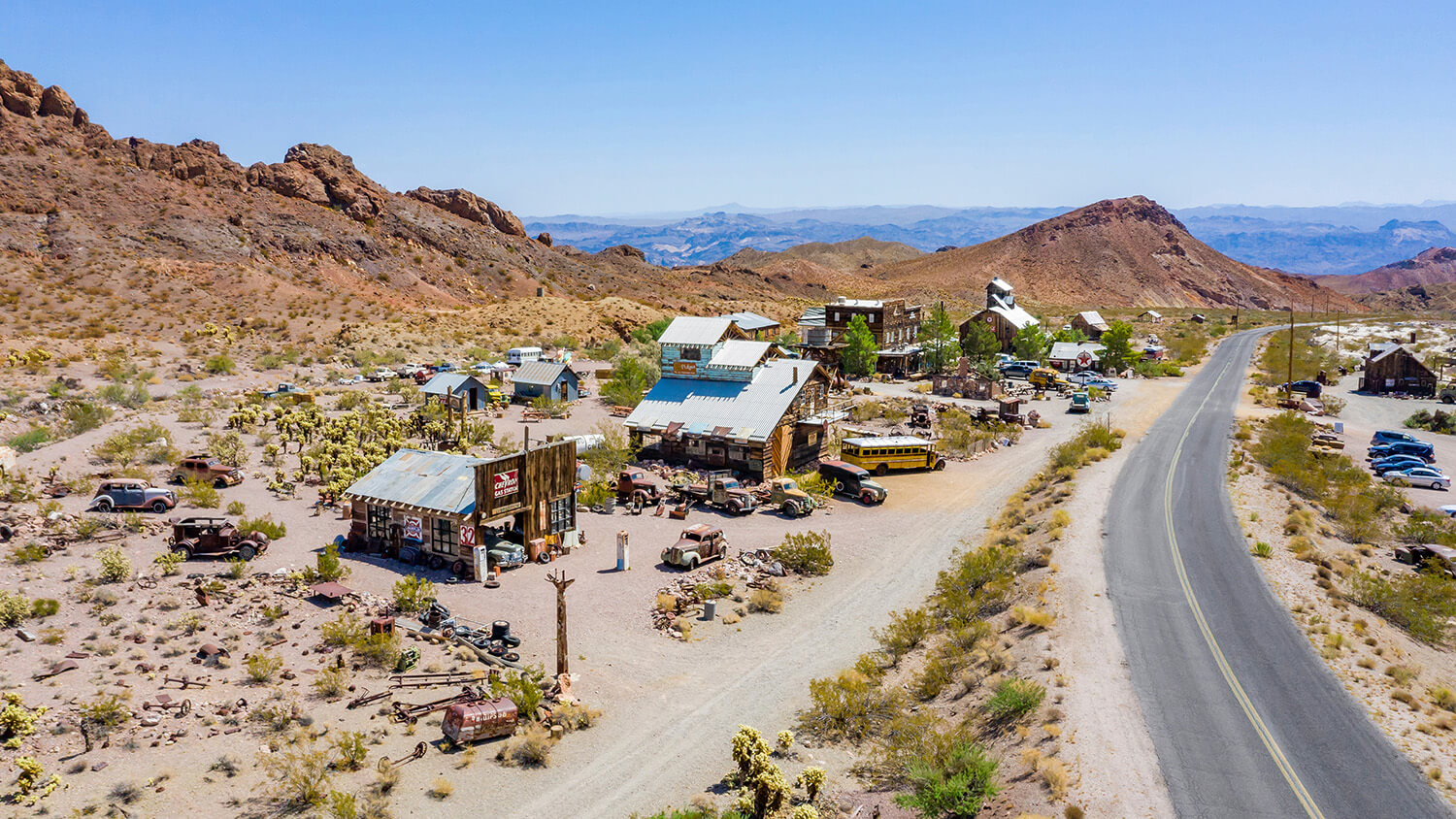
Exploring Eldorado Canyon
At first glance, Eldorado Canyon visitors may not realize they’re standing on ground that once epitomized the Wild West. A region deluged in riches and plagued by lawlessness, greed, and murder, the history of this southern Nevada treasure was written in blood and gold. Though the days of harboring Civil War deserters and illegal moonshine operations have long since passed, the resonance of an unruly population still echoes throughout the canyon walls.
Nevada’s Wild West roots are encapsulated in this living ghost town just one hour from the Las Vegas Strip.
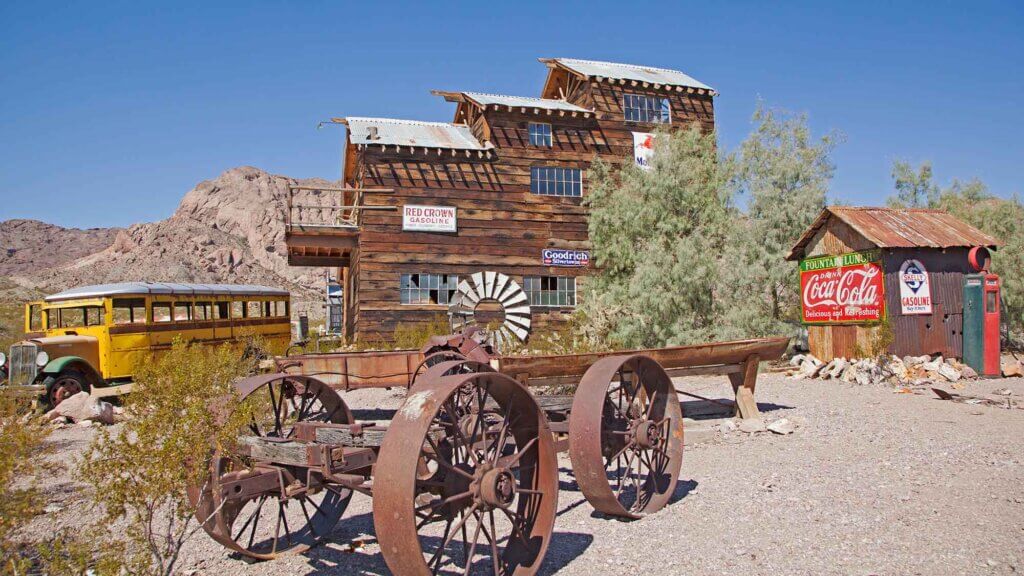
Not Your Everyday Ghost Town
In the heart of Eldorado Canyon, near the town of Nelson, Nevada, lies the Techatticup Mine—a popular destination for photographers and adventurers. Owners Tony and Bobbie Werly first took notice of the old mining camp while retrieving canoes for their Colorado River canoe rental business. In 1994, the Werlys purchased 50 acres that included several mining claims, a store, a stamp mill, a bunkhouse and a few tin miner cabins. Since then, the couple has been restoring the area, even opening up the Techatticup Mine for tours.
Though the area has become a popular tourist destination (located approximately one hour from Las Vegas), Tony emphasizes to visitors that this is authentic Nevada history. “We remind people that this isn’t Disneyland,” Tony says. To truly grasp the significance of Eldorado Canyon and the Techatticup Mine, a look back at their origins is necessary.
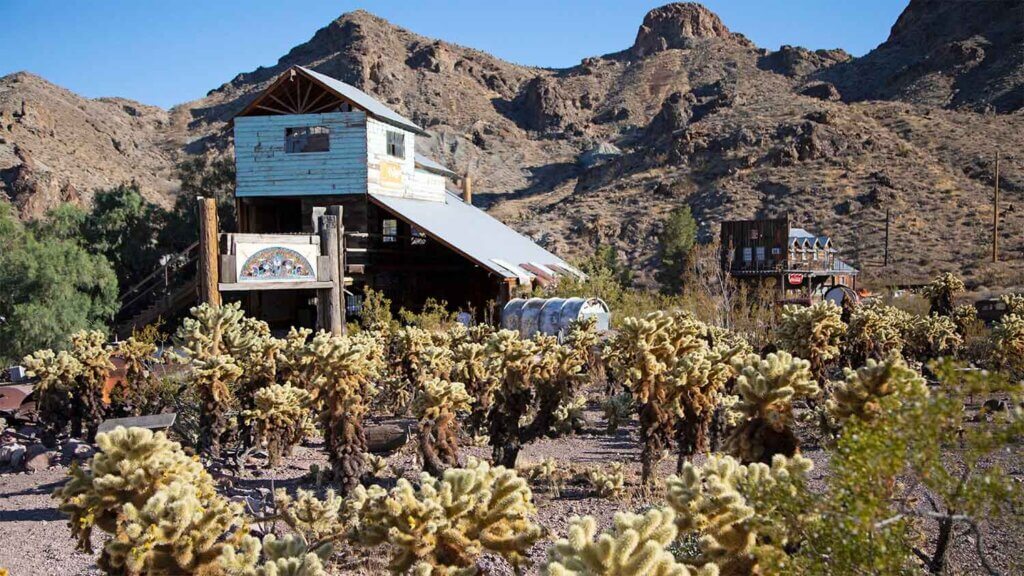
The Canyon of Gold
Like much of southern Nevada, the region owes its roots to the Ancestral Puebloans. After the Puebloans, Paiute and Mojave tribes inhabited the area relatively uninterrupted before the Spanish, in their conquest for gold, descended upon the canyon in the 1700s. Founding a small settlement at the mouth of the Colorado River—referred to as Eldorado—the Spanish commenced mining in the area, but found mostly silver before deeming the area unproductive and moving on.
Nearly 75 years later, a new generation of prospectors uncovered substantial deposits that had eluded the Spanish. The new mines produced several million dollars of gold, silver, copper, and lead. Although these discoveries were kept relatively confidential, the arrival of steamboats along the Colorado River in 1858 sparked a mining frenzy as rumors of abundant precious metals spread.
By 1861, miners had discovered the Salvage Vein, which led to the formation of the Techatticup Mine—a part of one of the earliest and richest mining districts in pre-Nevada. The name Techatticup derived from two Paiute words meaning “hungry” and “bread,” as many Paiutes in the surrounding barren hills are reported to have frequented the mining camps begging for food.
Because of Eldorado Canyon’s remoteness, vigilantism became the law of the land. According to Tony, even murder was not a heinous enough crime to warrant the involvement of the law. “In the 1870s, the nearest sheriff lived in Pioche, which was 200 miles north,” Tony says. “It took him a week to get there, so not even a killing was a good enough reason for him to come.”
The isolated canyon soon became a haven for Civil War deserters, and gunfights became commonplace. An ownership and labor dispute over the Techatticup Mine only fueled the fire. At one point, gunfights and killings in the canyon became an almost daily occurrence where even lawmen skirted the disputes. A military post was eventually established to protect steamboat traffic and to deter local American Indians who were raiding the canyon.
But blood wasn’t spilled only at the hands of prospectors. Eldorado Canyon was also home to two of Nevada’s most notorious renegade American Indians—Ahvote and Queho. Ahvote is said to have murdered five victims, while Queho is believed to have killed more than 20. According to a plaque near the Techatticup Mine, Queho killed his last victim, Maude Douglas, in 1919, then successfully eluded sheriff posses.
In the 1920s, nearby Nelson’s Landing—a port on the Colorado River that lies at the mouth of Eldorado Canyon—became one of the most important ports on the river. Because prohibition skyrocketed illegal moonshine prices in neighboring Arizona, the landing allowed for brisk and lucrative trading of illegal spirits between states. Preliminary work on the Hoover Dam also made Nelson’s Landing an attractive place for surveyors to operate small boats, and after the dam’s completion, acted as a popular destination for fisherman and tourists.
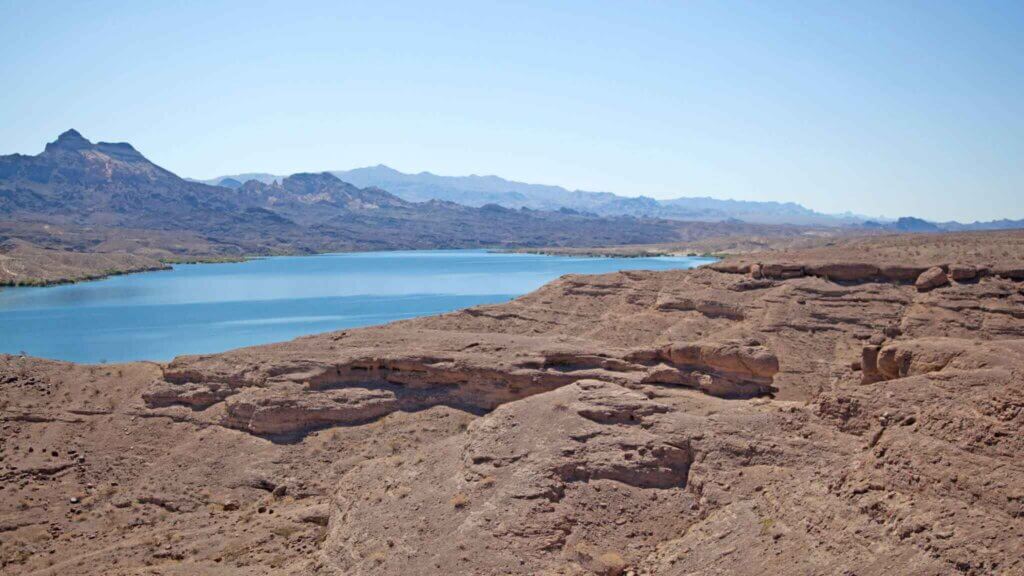
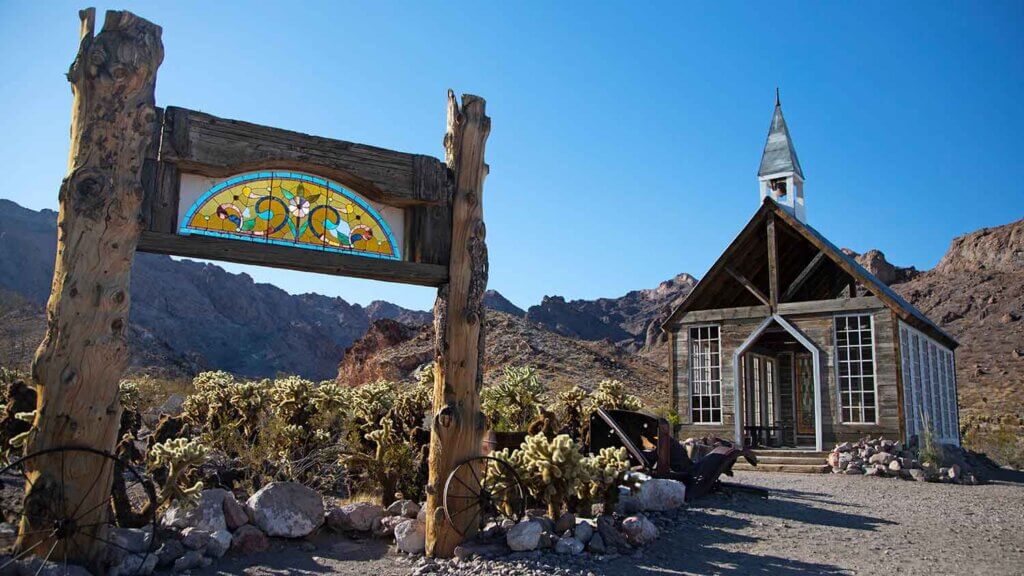
The Techatticup Mine remained active until the mid-1940s, yielding millions of dollars in precious metals during its productive years. Nearly 10 years later, after the completion of the Davis Dam, the rising water levels and subsequent creation of Lake Mojave meant some overdue changes to the region. “The old cemetery used to be further down the canyon,” Tony says. “It was moved after the creation of the lake came close to washing the bodies away.” The new cemetery stands approximately one mile up the canyon from Nelson’s Landing.
Beyond The Bloodshed
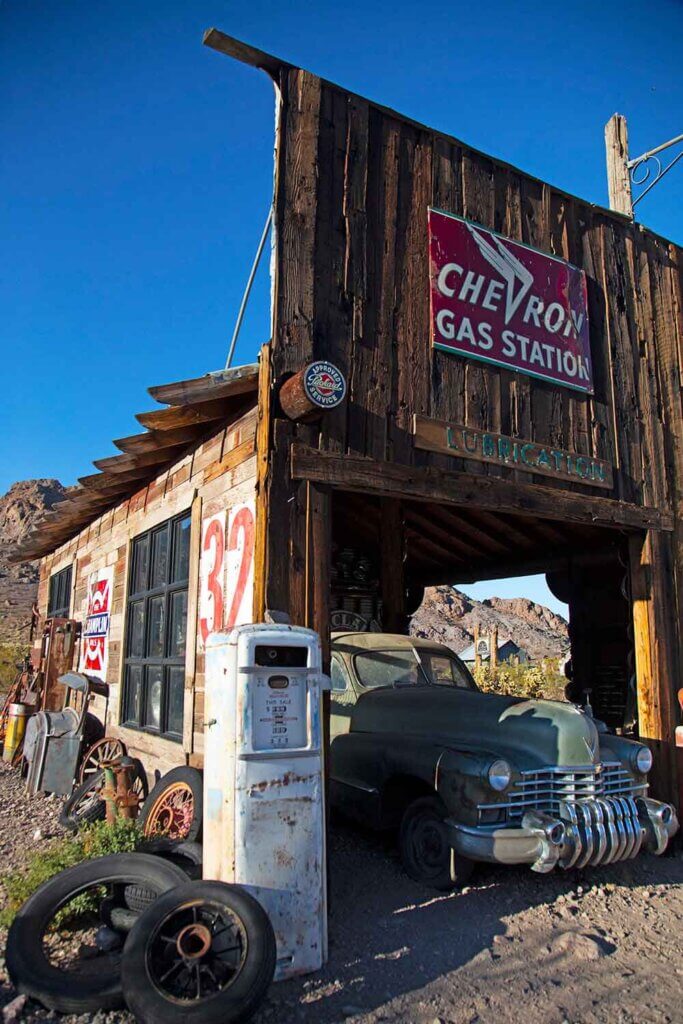
The bloody deeds that earned Eldorado Canyon its notorious reputation are no longer daily occurrences. In fact, the landmark has become a popular Hollywood set. The canyon has been a filming location for several movies and television shows, including the 2001 crime film “3,000 Miles to Graceland” and—more recently—the National Geographic Channel’s “Brain Games.”
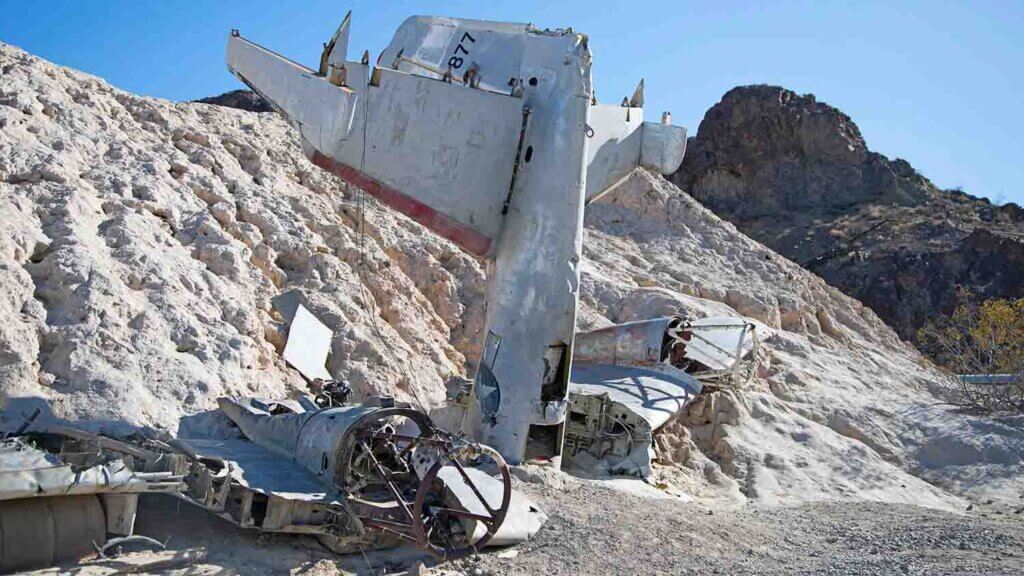
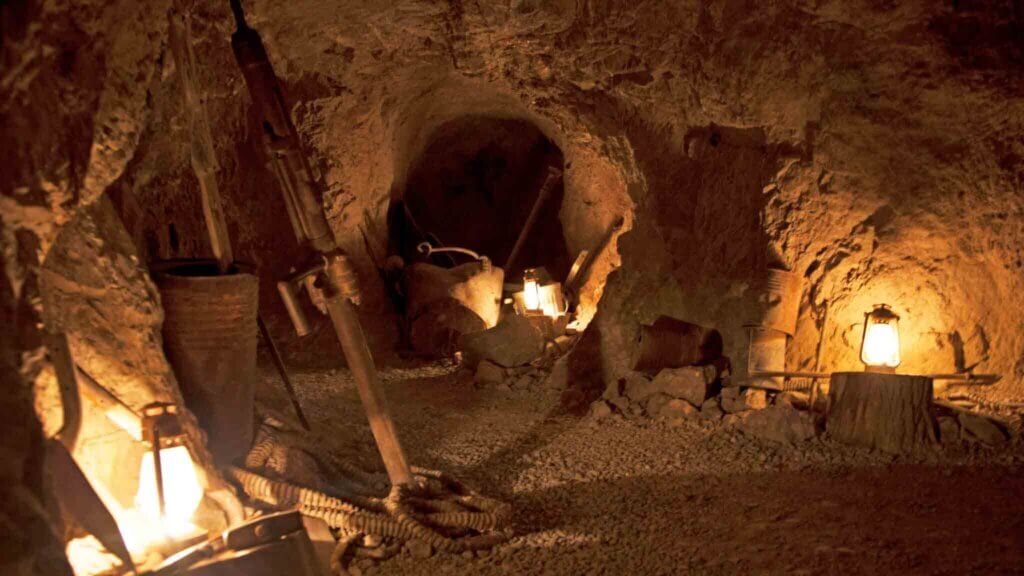
Tony and Bobbie now reside in Eldorado Canyon and operate Techatticup Mine tours. The guided above-ground and underground tour takes visitors into one of the oldest and most famous gold mines in Southern Nevada. The Werlys also operate a museum/gift shop near the mine, which holds an eclectic collection of historical items from the area.
The Techatticup Mine tour operates daily at 9:00 AM, 12:00 PM, and 2:00 PM by reservation, and only when there are groups of four adults or more present. The tour involves a quarter-mile walk and lasts just over one hour. Dress for cold conditions inside the mine at all times of year. Techatticup Mine tours cost $20 for adults and $12.50 for children ages 5-12. Admission is free for children 5 and under. Reservations are required. Call (702) 291-0026 for details.
Travel Nevada Pro Tip
Get Inspired
Related Stories
